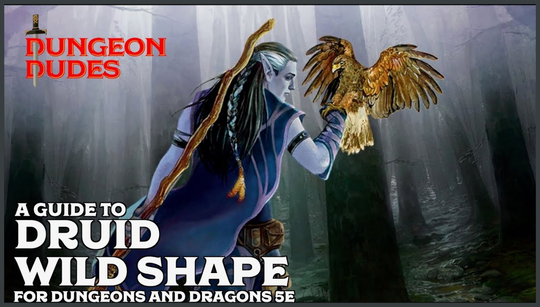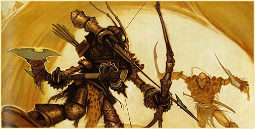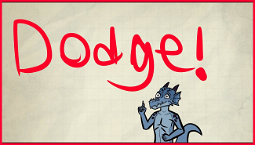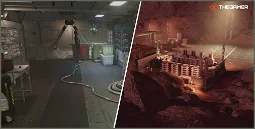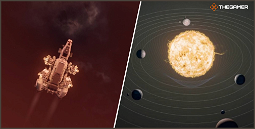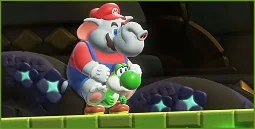Everything you need to know about D&D Wild Shape
Want to know more about D&D Wild Shape? Druids are the masters of transformation, and their ability to take the form of animals is their most versatile. Whether you’re looking to enhance your combat abilities, sneak around undetected, or simply gain some additional HP and mobility, Wild Shape is a powerful tool for druids and one of the best D&D 5e class features.
Wild Shape in D&D
Wild Shape is a cornerstone ability for druids, and there are many ways to use its powers in D&D. Druids can transform into animals using Wild Shape, gaining various benefits. While in animal form, druids can’t cast spells with verbal and somatic components but can concentrate on spells already cast. The types of animals a druid can transform into depend on their level and challenge rating. Here’s what you need to know about Wild Shape in D&D.
D&D Wild Shape
A druid can use Wild Shape up to two times per long rest. The duration depends on the druid’s level and can be up to one hour. The types of animals a druid can transform into depend on their level and the challenge rating of the animal.
Here are the Wild Shape options by level and challenge rating:
Druids in animal form retain their mental abilities, skill proficiencies, and saving throw proficiencies. Druids in animal form cannot speak or cast spells with verbal and somatic components.
Druids in animal form use their druid level to determine hit points. When a druid transforms, any excess damage beyond their current HP is retained. When the form ends, the druid reverts back to their original HP.
Druids in animal form can still access their class features and utilize multiclass builds. For example, if a druid normally has the ability to cast Entangle, they can still use that ability even though they are in animal form.
Wild Shape – Druid Utility
Wild Shape is primarily a defensive utility option for druids. It allows them to focus on spells and gain additional HP and mobility. It also provides opportunities for disguise and reconnaissance outside of combat.
Using Wild Shape for offensive purposes is possible, but it’s generally not the best way to use the ability. The additional damage a druid deals in animal form is minimal compared to their spells and other abilities, and higher challenge rating forms have significant weaknesses. Circle of the Moon druids can access higher challenge rating animal forms at earlier levels but still have limitations.
For example, let’s say a druid transforms into a polar bear (bear, challenge rating 1/2). This bear has an attack that does 1d6 + Strength modifier slashing damage, but the druid’s attack has a +2 modifier for their Strength modifier. The druid also has a claw attack that does 1d4 + Strength modifier slashing damage, which is lower than their 1d8 lightning bolt spell.
Wild Shape – Druid Beast Forms
Here are some of the best druid Wild Shape forms:
The Circle of the Moon druid can transform into powerful beasts like the Polar Bear, Saber-Toothed Tiger, and Giant Shark. Some of these forms have major weaknesses, but overall, they are much stronger than typical druid forms.
And that’s everything you need to know about D&D Wild Shape. Make the most out of your transformation using our guide to druid animal forms and unleash the unique strengths and abilities of the various animals. Our guide to the Circle of the Moon druid subclass has more details on their unique Wild Shape features. Finally, learn how to play a Druid in D&D with our beginner’s guide.
